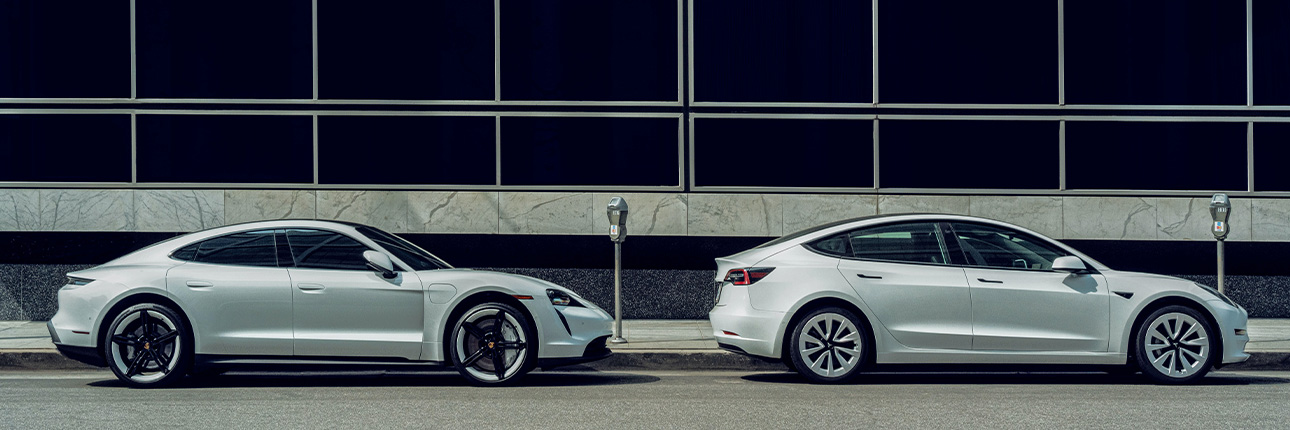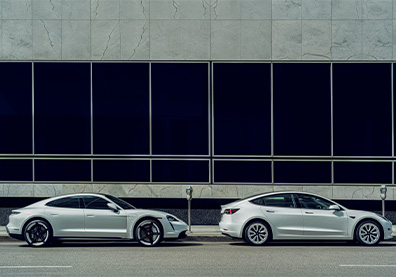We use cookies to make your experience better. To comply with the new e-Privacy directive, we need to ask for your consent to set the cookies. Learn more.


What are the main differences between EVs and Combustion Engines?
When it comes to buying a car, opting for anything other than a petrol or diesel engine was previously a very foreign and new concept. Following the ban on the sale of new petrol and diesel cars from 2035, electric cars will soon become the new normal.
Hybrid vehicles are an excellent way to introduce yourself to the world of EVs (electric vehicles), as they utilise a conventional combustion engine which is assisted by an electric motor.
This in turn makes hybrids an ideal introductory EV for anyone looking to gradually transition into a full EV. There are many ways in which a hybrid or fully electric vehicle differs to an ICE (internal combustion engine).
Economical
If you’re looking to reduce the running costs associated with ICE vehicles, a hybrid or fully electric vehicle will provide you with many cost-efficient benefits. For example, if you’re a commuter that can drive your daily commute solely using battery power, you will be able to experience a substantial reduction in your monthly fuel expenses.
Charging an EV using a standard charger can sometimes be free, whereas fast chargers come with a cost, and rapid to ultra-rapid chargers cost substantially more to use. Despite these jumps in pricing, to fully charge an EV using a standard or fast charger can cost you on average half or less of the price it would cost to fully re-fuel a comparable ICE vehicle.
Environmental
The greatest difference between ICEs and EVs is the carbon intensity of the engines.
Internal combustion engines utilise fossil fuels, which are released into the atmosphere as carbon dioxide and greenhouse gases. The release of such substances is damaging the environment in a multitude of ways, including depleting the ozone layer.
Hybrid vehicles have less of an effect as they utilise the electric motor alongside the engine and they allow you to directly manage your emissions in an effective manner. On short trips that require less power, you can rely solely on the electric battery. In doing so, you lower both your running costs but also reduce your carbon footprint.
Another important factor to mention with EVs and plug-in hybrids is that they minimize waste. Regenerative braking technology converts the energy generated from braking back into power for the car battery.
Performance
Driving either a hybrid or fully electric vehicle has its benefits in terms of the driving performance of the vehicle. Hybrid vehicle engines are generally heavier than standard combustion engines. As a result, many hybrid vehicles feature smaller fuel engines than comparable petrol or diesel vehicles.
Due to the electric motor being able to generate additional power during acceleration or uphill climbs, hybrid vehicles can offer similar handling to more powerful vehicles with fewer cylinders and less weight.
Another feature that makes fully electric vehicles often more powerful is that some are powered by dual or individual motors on each wheel. They are often safer as the car can control the speed of each wheel individually to prevent loss of traction. A great example of this are our Tesla Model 3 and Tesla Model Y vehicles which feature dual motors.
Another notable difference is the sound produced by internal combustion engines versus hybrid, or fully electric vehicles. The almost complete silence produced by electric vehicles can be extremely comforting as you can relax and enjoy the picturesque scenery around you rather than having the continuous heavy sound of the engine turning over.
By choosing a hybrid or fully electric vehicle, you can experience a plethora of benefits when choosing to make your next hire vehicle an electric one.
Ready to Go Green?
If you’re looking to start your green journey, contact us today, or explore our range of electric and hybrid vehicles.
